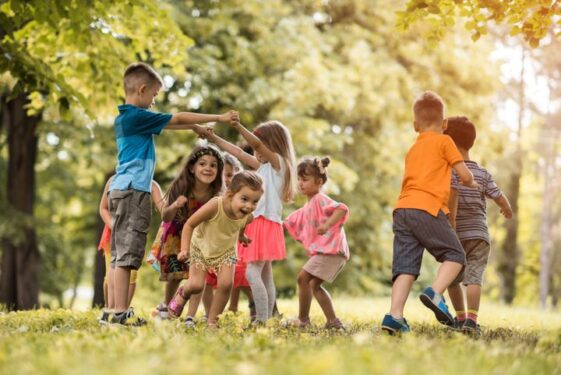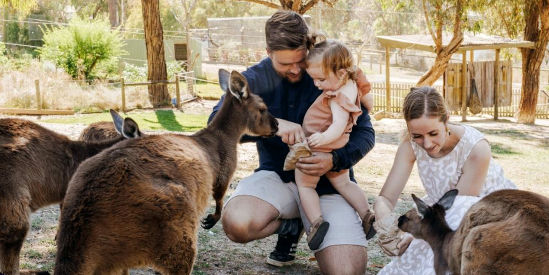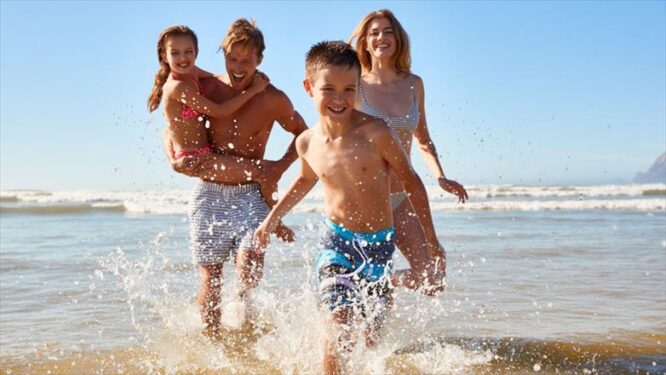Physical activity is vital for children’s health, wellbeing and development, now and in the future.
Physical activity has lots of health benefits for children.
It:
- strengthens children’s bones, muscles, hearts and lungs
- improves children’s coordination, balance, posture and flexibility
- helps children stay at a healthy weight
- reduces children’s risk of getting heart disease, cancer and type-2 diabetes later in life.
Physical activity also boosts children’s wellbeing. For example, active children are more likely to:
- be confident and feel like they belong
- be relaxed and sleep well
- concentrate better at school
- get along with others and make friends easily
- share, take turns and cooperate.
Physical activity is an important part of play and learning. And when children do physical activity with you or other people, it can be a great way for them to build relationships in your family and community. Physical activity is also just good fun for children.
What is physical activity?
Physical activity is any activity that involves moving your body. It includes everyday activities, physically active play, and organised sports and exercise.
Light physical activity could be going for a stroll, playing a musical instrument or standing up to paint at an easel.
Moderate physical activity gets children gently huffing and puffing. It could be:
- walking quickly
- riding to child care, school or a friend’s house
- dancing, skipping, jumping in puddles or flying kites
Vigorous physical activity gets children huffing and puffing a lot, as well as sweating. It could be:
- playing running games like ‘keepings off’ or ‘chasey’
- riding a bike fast
- playing organised sports like soccer, basketball, touch football or netball.
Activities that strengthen muscles and bones make muscles work more than normal and put extra force on bones – for example, jumping, running, climbing and lifting. Moderate and vigorous physical activities often help to build muscles and bones.
Energetic play is a natural way for children to move and be active. For example, babies rock and kick their feet. Older children run, jump, twirl, kick, throw, dance to music, play on playground equipment, enjoy rough-and-tumble play, and much more.
How much physical activity do children need each day?
- Australian guidelines say that children aged under 1 year should have lots of floor play. For babies who aren’t up and about, 30 minutes of tummy time each day is good.
- Children aged 1 year up to 3 years should be physically active for at least three hours each day. This includes energetic play.
- Children aged 3 years up to 5 years should be physically active for at least three hours each day. This includes one hour of energetic play.
- Children aged 5 years up to 18 years should do at least one hour of moderate to vigorous physical activity plus several hours of light physical activity each day. And at least three days a week, this should include activities that strengthen muscles and bones.
- Young people aged over 18 years should do 2½-5 hours of moderate physical activity or 1¼-2½ hours of vigorous physical activity per week, or a combination of moderate and vigorous physical activity that adds up to enough activity overall. And at least two days a week, they should do activities that strengthen muscles.
Your child can do physical activity in small blocks of time throughout the day. The key thing is that your child does enough physical activity overall. And the more physical activity your child does and the less time your child spends sitting, the better it is for your child.







